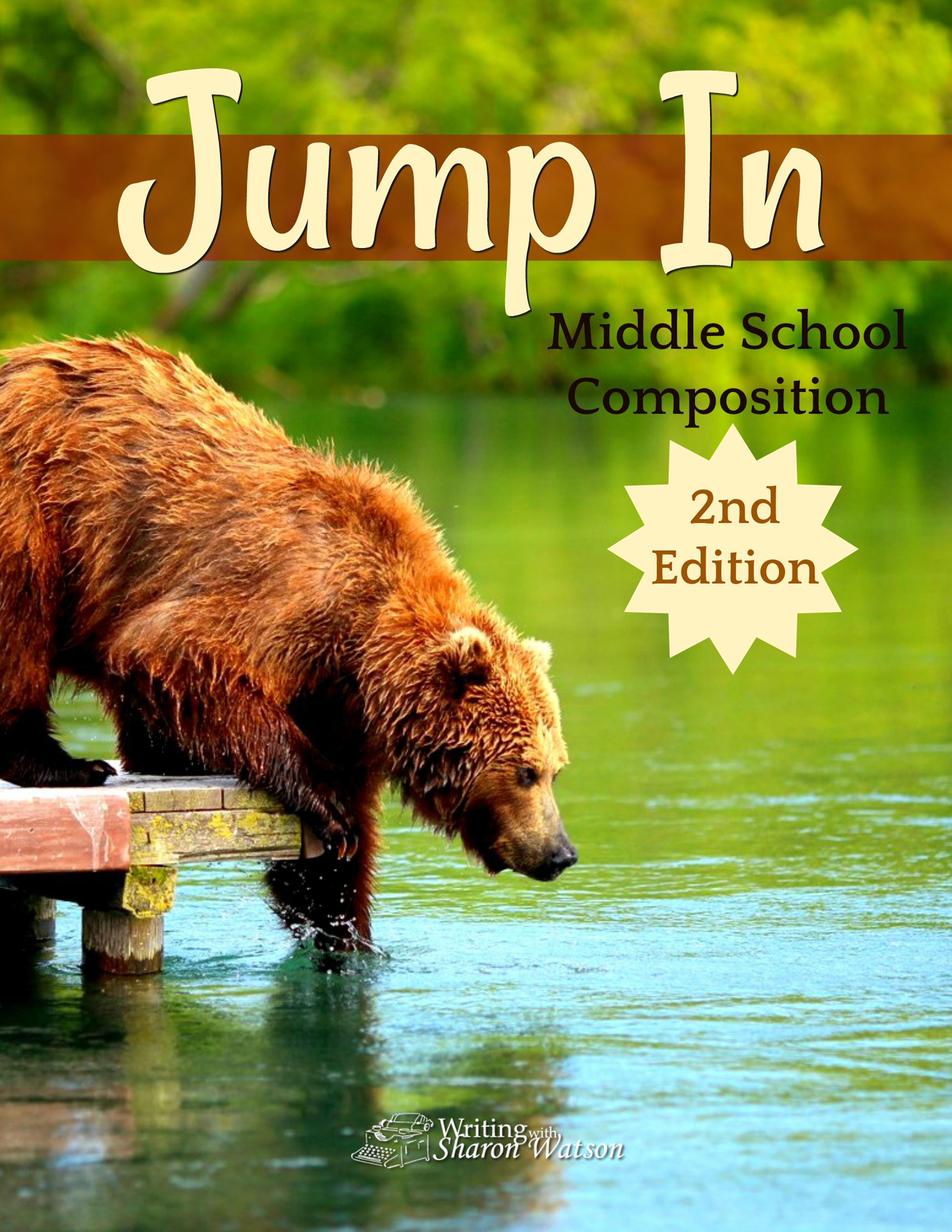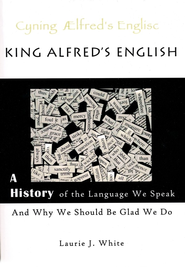My husband Terry gave me the idea for this writing prompt though he didn’t know it at the time.
A love of lists
Last summer we drove to our local grocery store, and as Terry pulled into a spot, he said, “I like to park here because . . . ,” and he listed four reasons why he likes to park in that particular place. Now that you know how exciting our lives are, you’ll be happy to know that his love of lists surfaced yet again—at the ball park.
We were watching the Indianapolis Indians play the Rochester Redwings when one of the Indians smacked a ball and headed toward first. Terry leaned over to me and said, “There are nine ways to get to first safely.” Or was it seven?
Terry was halfway to writing an enumerative essay because he began with a number (four or nine) and had a secure idea of a list.
.
Enumerative essay
Enumerative essays, or partitive essays, begin with the number of parts (“There are nine ways to get to first safely”), and then each part becomes a paragraph in the body. The first paragraph in the body would explain how a batter can hit the ball and get to first before anyone on the opposing team can catch the ball and throw it to first. The next paragraph could be about the hitter advancing to first on a walk, and so forth.
Enumerative paragraph
What is done on a large scale with the essay can also be done with the lowly paragraph. In The Power in Your Hands: Writing Nonfiction in High School, 2nd Edition, I give an example of an enumerative paragraph on a subject I can’t stand—clowns.
Slightly off topic: If your students write about something they really like or really hate, they’ll have an easier time of writing, like I did with the clowns. The paragraph almost wrote itself.
.
The topic sentence in the enumerative paragraph about clowns is this: “Modern clowns come in all shapes and sizes, but they can be divided into three categories.”
Good. Now we have a number—three—and we know that we have categories, not methods or reasons.
.
The sentences that show readers which category is being highlighted are as follows (emphasis added to show wording):
- “The first category is the happy clown, typified by the circus clown.” [And then follow a few sentences about the circus clown.]
- “The second category is the sad clown, often personified as a hobo.” [Here follow a few sentences about the hobo clown.]
- “And the last category is the downright scary clown often found in horror movies or books.” [This is where the writer explains this category and gives a few examples.].
That’s it. Begin with the overview and then explain, describe, or illustrate each part. Download a FREE PDF of the whole paragraph here.
.
By the way, if your students use first, second, and third in the essay or paragraph, tell them to stay away from firstly, secondly, thirdly, lastly, and most importantly. Just use first, second, last, most important, and so forth.
Enumerative essay ideas
Here are some ideas to get your students going (they’ll fill in the blank with a number):
_______________ ways to procrastinate
__________________ ways to score in soccer
The ____________ best burgers in town
______________ categories of invertebrates
The ________________ most popular social media sites
_______________ methods of ruining a friendship
The _______________ best camping trips of my life
The _____________ scariest rides at Six Flags
The ________________ lamest shows on TV today
The top __________________ reasons I don’t like to write
.
Yours for a more vibrant writing class,

.
.












